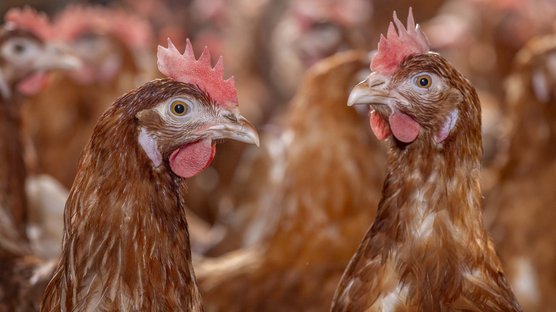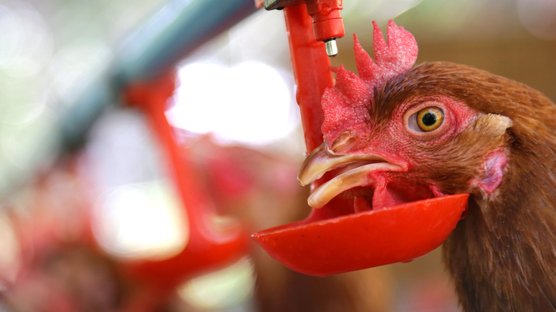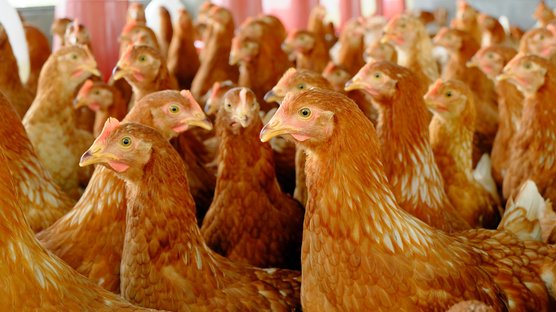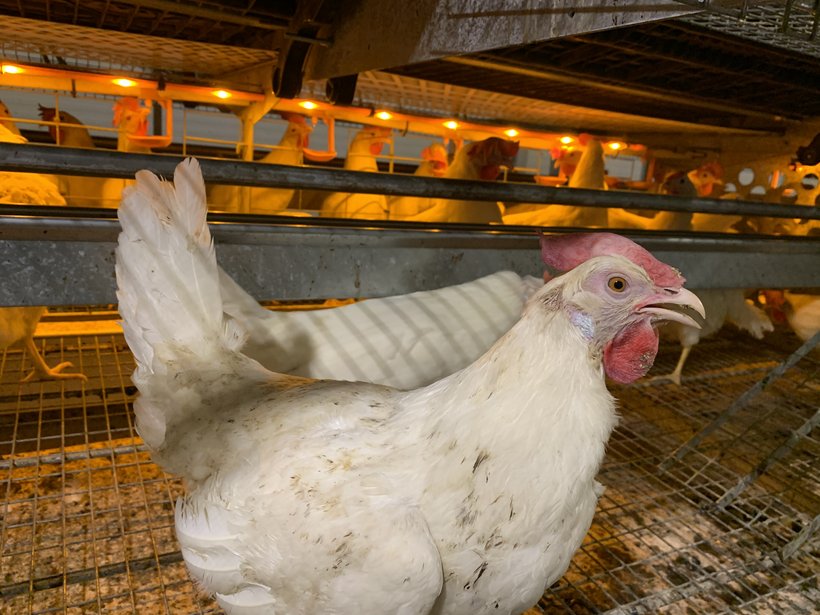
Published on Oct. 21, 2020
Infectious Laryngotracheitis (ILT) in Chickens
Infectious Laryngotracheitis (ILT) is a highly contagious respiratory disease caused by an Herpesvirus (GaHV-1 commonly known as ILTV). Chickens, pheasants and peafowl are susceptible to the disease.
ILT is a serious disease in many intensive production areas worldwide as it produces severe losses due to mortality, decreased weight gain and egg production drop.
ILTV is an enveloped virus, therefore it is inactivated by most common disinfectants. It is transmitted by infected birds (clinically affected or latent carriers) and fomites (contaminated equipment, vehicles, people…). Outbreaks are frequently linked to biosecurity breakdown and movement of personnel: staff handling birds for vaccination, transport etc. should be considered a special risk.
As other herpesviruses, the ILTV can establish latent infections, remaining in nerve tissue (trigeminal ganglion) of the host: these birds do not show symptoms but become carriers for life and can start shedding the virus following a stress (i.e. transfer). Many outbreaks are related to reactivation and increased virulence of vaccine virus if all birds in a flock are not properly vaccinated.
Clinical Signs
In acute infections, birds suffer from severe respiratory distress: typical signs are nasal discharge, conjunctivitis, head shaking, difficult breathing and extended neck at inspiration, rales, coughing and even expectoration of blood from trachea. Mortality can be high due to suffocation in severe outbreaks, when trachea or larynx are completely obstructed.
Lower virulence strains cause mild respiratory signs, conjunctivitis and reduction of egg production when affecting a flock in lay.
Post-mortem lesions vary depending on the severity of the disease: typical lesion is inflammation of the trachea and larynx, with bloody and/or cheesy exudate in acute cases that can build up and form a plug occluding the trachea or larynx. In milder infections, slightly irritated trachea with excess of mucus, sinusitis and conjunctivitis may be the only lesions.
ILT spreads slowly in a flock compared to other viral infections, and often the progression of the disease can be followed from the area of the presumed initial infection to the rest of the house, especially in cage systems.
Diagnosis
Diagnosis is first based on clinical signs and gross lesions, but acute ILT should be differentiated from the wet form of avian pox and mild forms should be differentiated from other viral respiratory diseases, like Newcastle disease or Infectious Bronchitis. Histopathology examination is used for confirmation by detecting pathognomonic lesions: intranuclear inclusion bodies in epithelial cells from tracheal or conjunctival samples.
Virus isolation or PCR from tracheal tissue or swabs is an accurate method of diagnosis preferred to serology, as immunity to ILT is primarily cellular rather than humoral.
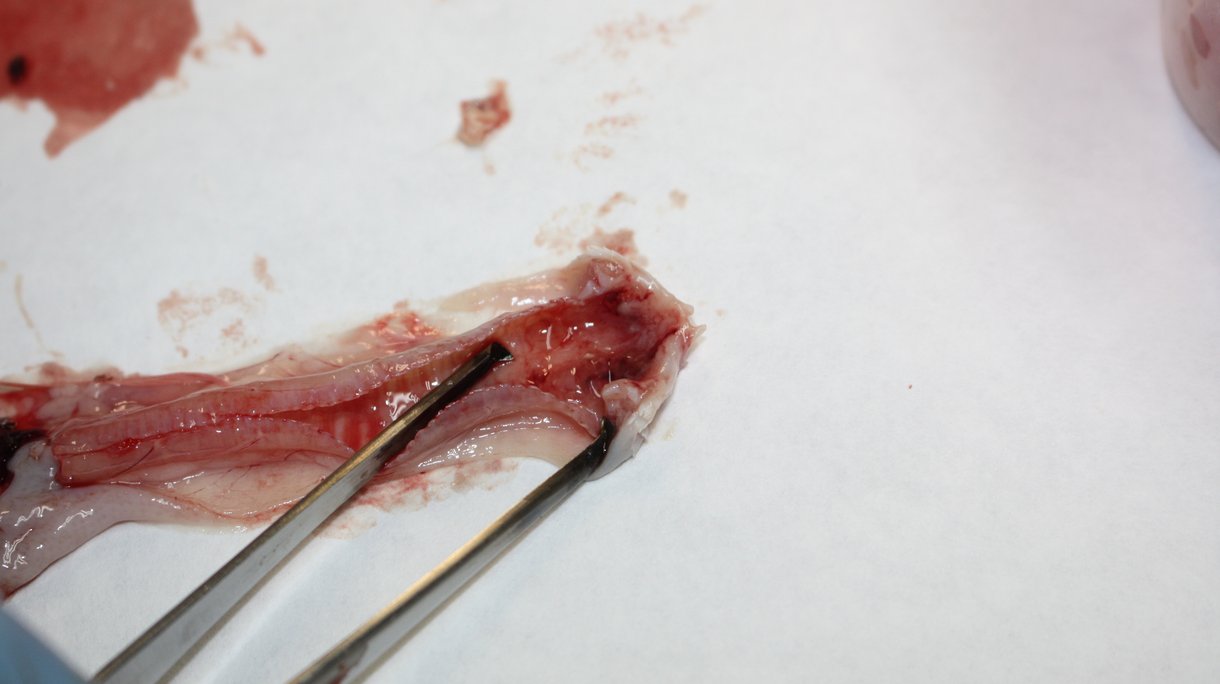
Control and Vaccination
Strict biosecurity is effective to prevent introduction of ILTV in a free farm: potentially contaminated birds, personnel, equipment, transport vehicles from areas where ILT is present should be avoided. Vaccination is generally used only in areas where the disease is endemic. Different vaccines are available:
- Live-attenuated vaccines from chicken embryo origin (CEO) or from tissue culture origin (TCO). CEO vaccines are very effective, but risk of vaccine reaction is also higher. Recommended administration route is eyedrop, other mass application methods can compromise proper immunization and increase the risk of spread of the vaccine virus.
- Recombinant vaccines: HVT-based (administered the day of hatch) or Pox-based (administered later in rearing by wing web method).
As the disease spreads slowly within a flock, if an outbreak is early detected, immediate vaccination can be effective in reducing the spread of the infection.
References
- Picture affected chicken: Teun van de Braak
- Picture affected Trachea: CESAC

